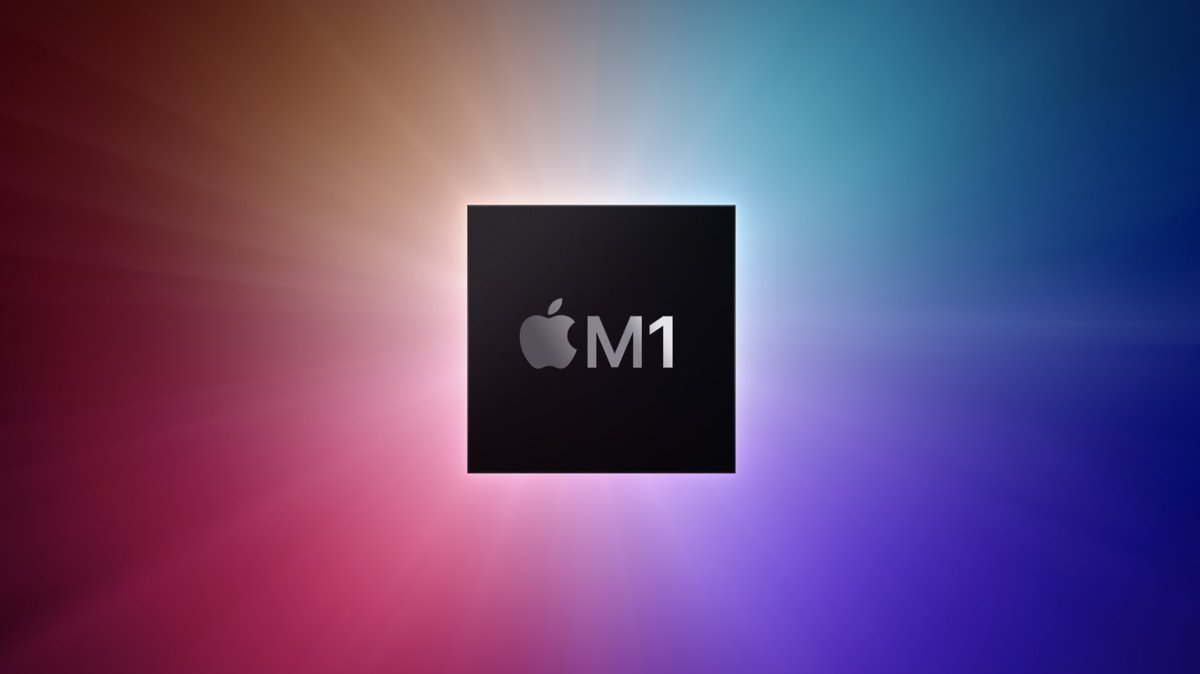San Francisco, NFAPost: Amid growing efforts to become hardware self reliance, the success of Apple’s M1 processors has taken the world by storm, but you might not have to switch to the Mac to gain the benefits of the platform in the future.
According to a reverse-engineering document released online, Tom’s Hardware reports, open-source M1-style chips may be in our future. Maynard Handley – one of the original developers behind Apple QuickTime – has released a PDF document online that explores the inner functions of Apple’s proprietary processor, and it could have interesting implications.
The M1 MacBook Air was the most powerful variant the company has ever released despite being fanless. It also had the longest battery life at an impressive 12 hours. The MacBook Pro’s battery lasted even longer at 17. The M1 MacBooks did all of this while running circles around the performance of similar Intel-based machines.
A project like this could lead to an open-source M1 type chip. With enough testing and support, the M-series chips could even be used for non-Mac systems. Reverse-engineering proprietary tech like this is murky in terms of legality, and it’s unknown whether Apple is OK with this document being available or not.
The document is currently on version 0.70, and more people than just Handley are contributing to it. It has contributions from the team that ran Linux on the M1, as well as contributions from people doing their own independent testing. It even includes instructions on how to run your own testing.
This could unlock all kinds of potential for independent engineers and startup teams. An open-source chip would make it easier to manufacture competing hardware, from ARM-based laptops all the way to iPad Pro-level tablets.





